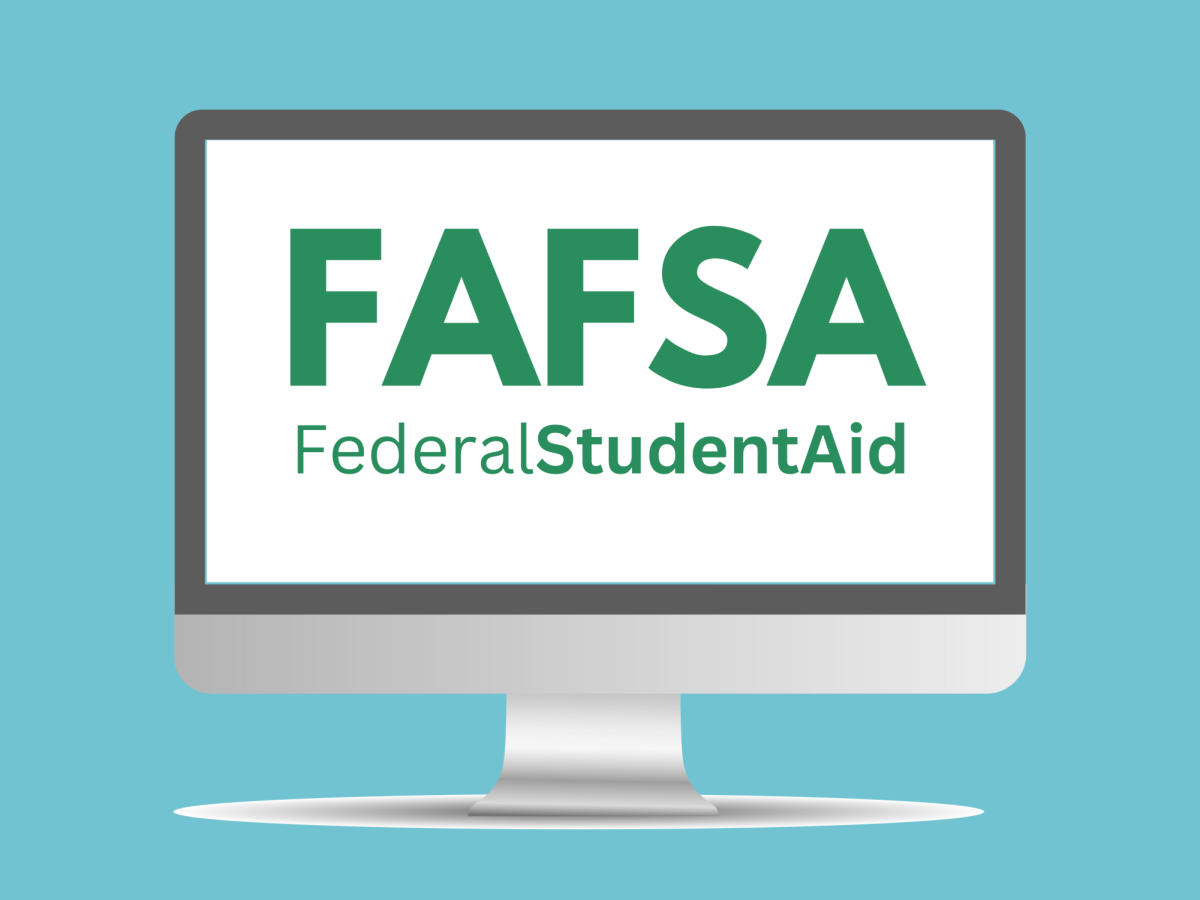As the May 1 National College Decision Day approaches, delays and errors pertaining to the 2024-25 Free Application for Federal Student Aid (FAFSA) have forced students nationwide to evaluate their higher education plans without essential financial aid information.
While St. Joe’s official decision deadline for prospective students remains May 1, Liz Kennedy Walsh, senior vice president for enrollment management in the Office of Marketing and Communications, wrote in response to written questions from The Hawk, “We are committed to working with students beyond the May 1 deadline, as we know how challenging these delays have been for students and their families.”
St. Joe’s, like many institutions, has been attempting to assure prospective students while also dealing with delays that have prevented them from finalizing students’ financial aid offers. Experts warn these delays could cause significant enrollment declines.
In a Feb. 21 email to the families of prospective students, the university offered prospective students the chance to receive an estimated financial estimate. But the estimates are subject to change.
“Estimates are not guaranteed and do not represent a final determination of financial assistance or final net price,” the email stated. “Admitted students who submit a FAFSA can expect to receive an official financial aid package in April.”
According to an April 18 email Walsh sent to St. Joe’s faculty and staff, St. Joe’s began sending financial aid packages to prospective first-year students March 27 — months later than in a typical year. The university is also offering tuition deposit extensions to families by request, Walsh said.
On March 29, the U.S. Department of Education announced another delay, this one due to an error that necessitates the recalculation of up to 20% of financial aid packages.
The error came from tax data sent from the Internal Revenue Service (IRS) to schools that affected calculations for the Student Aid Index (SAI), the updated tool for calculating how much federal aid a student could receive at an institution.
The IRS error is the latest development in a turbulent attempt to update the FAFSA form, a process which began in 2020 with the FAFSA Simplification Act (FSA). Prior to the FSA, the FAFSA was often criticized for being excessively long and overcomplicated.
The updated FAFSA form attempts to make the process of applying for aid easier for students and families. According to the U.S. Department of Education, the new form can be completed in as little as 15 minutes, and new aid-calculating measures, such as the SAI, give over 655,000 more students from low-income backgrounds eligibility for federal Pell Grants.
Yet, the process of implementing the new FAFSA has been a battle. The new FAFSA opened to prospective students and families in late December 2023, nearly three months past the usual Oct. 1 date.
Joseph Mancini, a senior at St. Joe’s Prep who will attend St. Joe’s this fall, said he was committed to St. Joe’s before his financial aid package came through April 12, but schools should still offer decision extensions until June 15.
“I know some kids who are still waiting on the official FAFSA to come out for them, and May 1 is just around the corner for some schools,” Mancini said. “So, moving the decision date a month and a half would have been better for students universally.”
Brennan Thomas-Dillenbeck, another senior at St. Joe’s Prep who will attend St. Joe’s this fall, said his FAFSA had to be reprocessed at least two times before he received his offer from St. Joe’s April 24.
Dillenbeck said the biggest change the delays brought to his decision was the stress.
“I have this limited time to make a decision that’s sending me into debt, greatly affecting my future,” Dillenbeck said, “Not having all the information, knowing that I sort of have to roll the die one way or another and make a choice.”















































